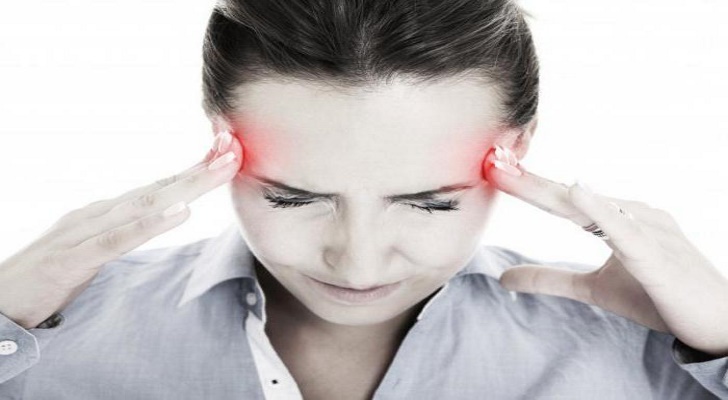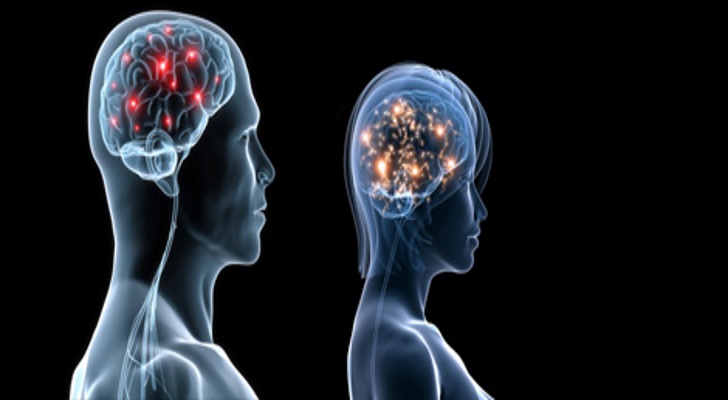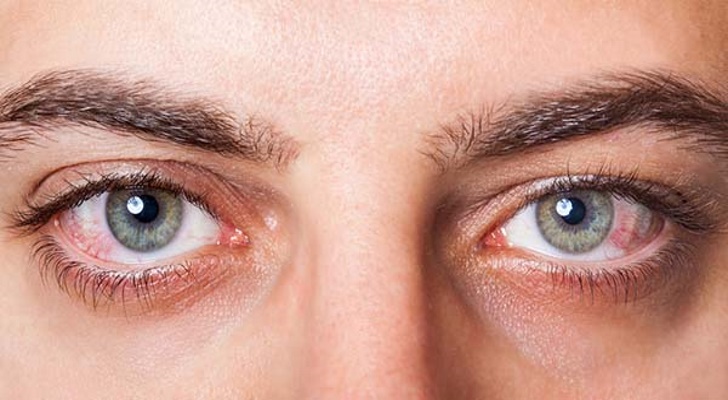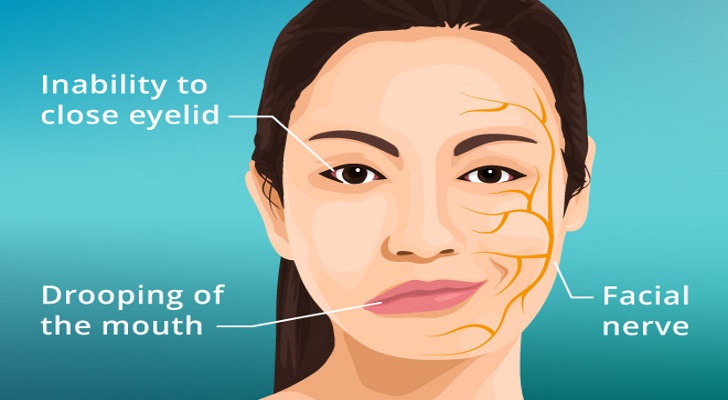Lyme Disease Symptoms and Signs

A severe rash. This is one of the most crucial indications that a patient has Lyme disease. The rash has a very distinctive shape, rather like a shooting target, and thus is easy to identify. The disease takes a time to incubate and is transferred through ticks, and the rash develops between three days to a month after a patient has been bitten. The average period before the rash shows up (and after the bite) is about a week. There will be no pain or any unpleasant itch at the site of the rash, but the area will feel warm, and the rash itself is extremely prominent.

Meningitis. Medically speaking, meningitis is an inflammation of the membrane that protects the brain, and this is, obviously, usually a fatal condition. This is a common symptom of Lyme disease, and in this case, the meningitis is, curiously enough, very mild. Most patients who develop meningitis as a symptom of Lyme disease can be treated as out-patients, that is to say, the symptom is mild enough to not make hospitalization mandatory. Standard symptoms of meningitis include a splitting headache, or pain around the areas of the back or the spinal column, and of the neck. A fever can also be a symptom, as can vomiting, or an inability to see clearly.

Issues with the brain and nervous system. Patients who have Lyme disease experience a curious psychological phenomenon in which they are convinced that their sickness is not severe. However, the disease can cause serious issues with the brain and nervous system. These include trouble with directing the mind and loss of memory. Patients also experience anxiety issues, emotional problems, personality disorders, and are often depressed. Issues with the nervous system, such as an extreme disruption in the awareness pattern and sensitivity of the basic senses, drooping shoulders or even a dysfunction of the cranial nerve, are quite common.

An ache in the joints of the body. A little over half of those who suffer from Lyme disease will suffer an ache in the joints that may progressively become arthritis. This condition usually develops some months from the onset of the disease. The large joints of the body are the most affected, and most patients will develop problems with their wrists and knees, and also with the shoulders. There is considerable swelling in the joints, as well as tenderness, inflammation, and pain. Diagnosis and medical care are crucial, as this can turn into arthritis without treatment.

Symptoms reminiscent of the flu. This is one of the most obscure indications of Lyme disease. Virtually all viral attacks cause symptoms similar to the flu, and Lyme disease is no exception. Patients will experience pains in the head and body, a fever, and a running nose, as well as lethargy and a loss of energy. However, unlike the flu, Lyme disease is treatable, and with treatment, these symptoms will disappear within a week.

Lymphatic infection and swelling. As mentioned earlier, Lyme disease evokes symptoms similar to flu or cold, and one of these is enlarged lymph nodes in the neck. Misdiagnosis is common and a consultation with a physician absolutely necessary. The lymph nodes throughout the body are responsible for the filtration of toxins, and swollen lymph glands can indicate active toxins created by Lyme disease spreading through the body.

Soreness of the eyes. Lyme disease can directly affect the eyes and cause inflammation. This includes fairly severe swelling and a fairly bloodshot look to the eyes. Vision is also affected, causing some people to see double. In other cases, the vision can be blurred. Note that if there is an itch, this is an indication that the inflammation is not caused by Lyme disease, but is possibly an allergic reaction.

Lethargy and overall tiredness. Lyme disease has an exhausting effect upon the body, equally prevalent in both minors and adults. This disease can massively deplete energy reserves as the body tries to fight it off. Many people find themselves turning in early at night, and finding it exceedingly hard to wake up in the morning. Patients will also feel extremely drowsy during the day and may nap uncontrollably. Often, the drowsiness is so pronounced and the energy levels so low that there is no option but to sleep for a while.

Irregular heartbeat and disturbances of the rhythm of the pulse. That Lyme disease actually causes palpitations of the heart is an indication of how seriously the disease affects the body. The palpitations will usually be accompanied by lightheadedness. However, while this disruption of the heart rhythms is a definitive symptom of Lyme disease, the palpitations themselves are not serious or life-threatening.

Hepatitis and inflammation of the liver. It is important to diagnose Lyme disease in the initial stages, as the disease becomes progressively more serious with time. If left untreated, hepatitis, which is an inflammation of the liver, can occur. This is an extremely serious condition, and the patient will suffer from intense pains in the stomach, indications of jaundice, such as yellow eyes, a queasiness of the stomach and darkened urine. At this point, restrictions to the diet and other serious lifestyle changes are necessary to treatment.

Bell’s Palsy. This is a disruption of the facial nerve, leading to an ability to control the muscles of the face. If left unattended, the muscles of the face can actually atrophy, exacerbating the condition. While not limited in the cause of Lyme disease, this is certainly a symptom of the same. It is usual for one side of the face to be affected, but sometimes the loss of function is felt over the entire face. The effect is a portion of the face appearing ‘frozen’.

Hair Loss. It has been observed that Lyme disease can cause hair loss in certain sections of the population. It is unknown exactly how Lyme disease causes this hair loss; however, studies show that it certainly does occur. Some researchers believe that endotoxins released by the disease cause this condition. If the disease progresses untreated, the toxic inflammation underlying the hair loss will increase proportionally, worsening the loss of hair. This hair loss is usually a process so gradual that it may pass unnoticed in the initial stages.
